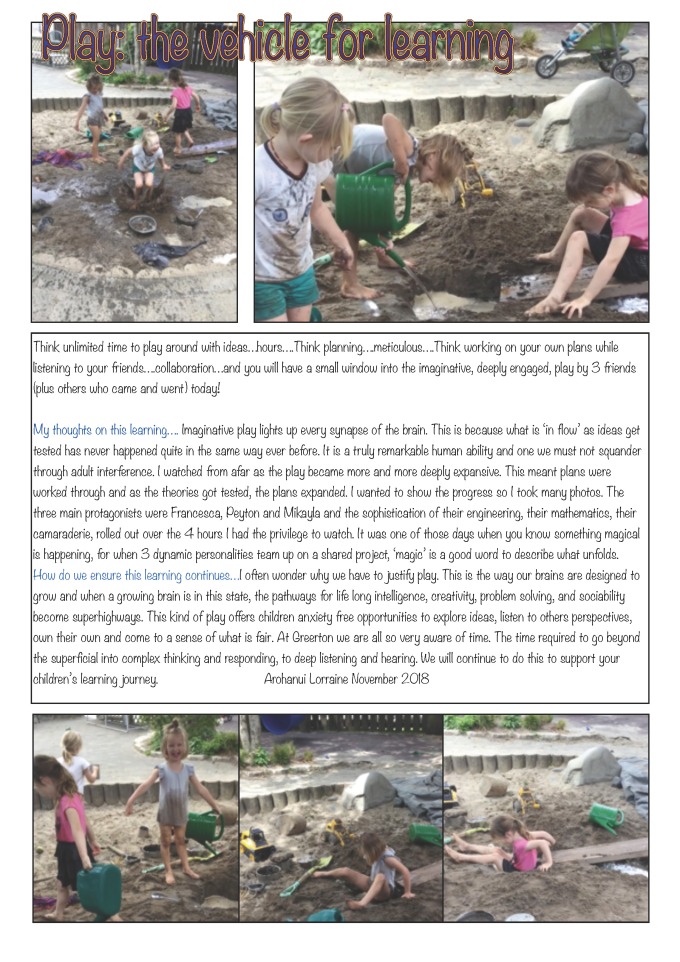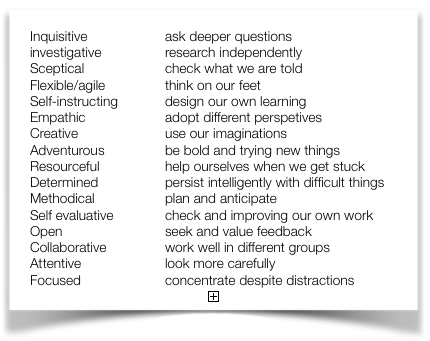- When teachers position themselves as learners and teachers, ako becomes our priority and we are less likely to miss the meaning of our Te Whāriki principle, Empowerment (1996, 2017). We are learners and teachers with and alongside children who are also learners and teachers. This doesn’t mean we do not offer provocations, however, we do not expect that all children will do the same thing at the same time.
- Instead we address the notion of children leading their own learning and teachers refraining from hi-jacking children’s ideas and their play, and focus instead on respectful, responsive relationships with a high expectation for complex learning to emerge from nurturing children’s deep seated interests. This is highly nuanced and is as far from didactic teaching as one can get. We trust our children’s energies, their passions and their spirits and their desire to seek learning through social connection. This is why we strive to build a collaborative community with children growing their characters as learners from the inside out. This is why we do not have ‘activities’ or templates, stamps and stickers. We grow competent social learners who self regulate their emotions and work hard and long to achieve their self set goals.
- This is why we can spend long periods of time with invested learners at the sewing machine, in the tinkering shop, at the kai table, to name a few spaces, engaged in deeply thoughtful conversations. Other children are very able to play in complex ways without interference in this high stakes/high trust kind of learning and teaching setting.
- We are of course ever responsive and are there, not to interrupt but to co-construct learning together as appropriate, there to add vibrancy, expressive language and there to ask questions that provoke awe and wonder.
- Learning and teaching (tikanga whakaako) is a subtle process, forged in relationships, and this is why it is so important to ensure our Pou Whakahaere (governance) and Pou Ārahi (leadership) is responsive – That our listening dialogue is evident across our entire community.
- We seek to have a richly resourced environment that invites curious exploration, with teachers who are very clearly learners and researchers, ever seeking to understand each and every child’s language, culture and identity.
- We include our perspectives on learning, based in our considerable professional learning, both formally and through the wide range of books we all read. We write Learning Stories with quotes from researchers we value, in ways that are interesting and emotionally engaging for families/whānau. We track children’s progress and see continuity of learning as a high priority for children and for ourselves.
The Learning Story below entitled: ‘Play the vehicle for learning’ gives a further insight into the way we offer children and their families our thoughts on their learning. Learning Stories are a vehicle to make this learning visible.








